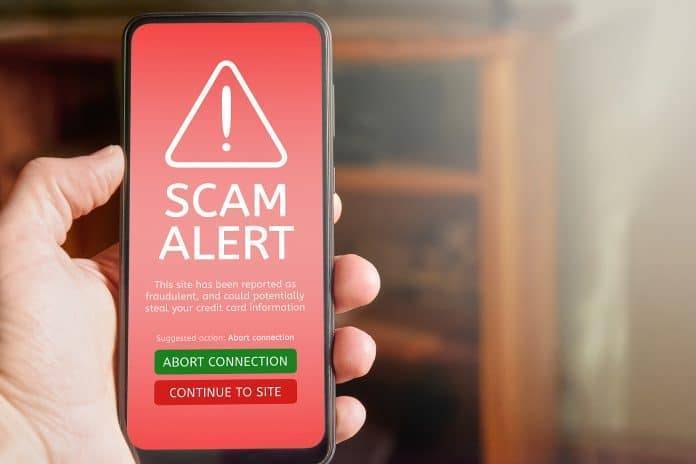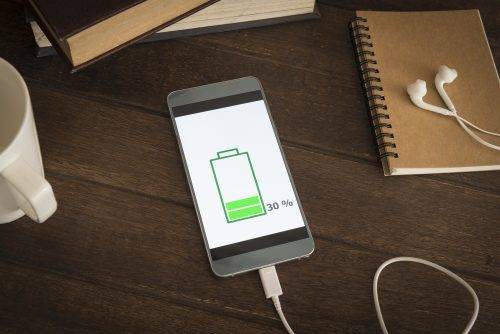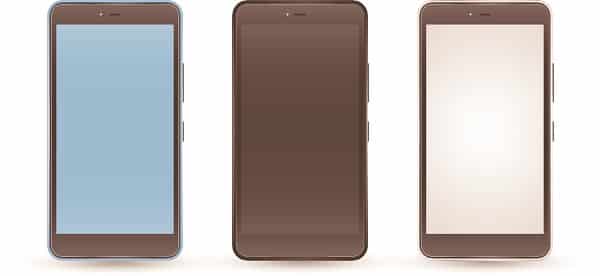What is Juice Jacking? How to protect your phone and all the information you store on it is critically important in today’s digital world. Your phone is under attack much more frequently than you realize, so everyone should know how to protect their smartphone.
Table of Contents
What is Juice Jacking?
Juice jacking is a malicious attack on your phone through a USB cable and a charging station. And it is happening more and more frequently and in places you may not expect, like libraries, airports, hotels, and restaurants. Hackers are smart, and knowing what not to do with your phone is becoming more and more critical as malicious attacks become more sophisticated.
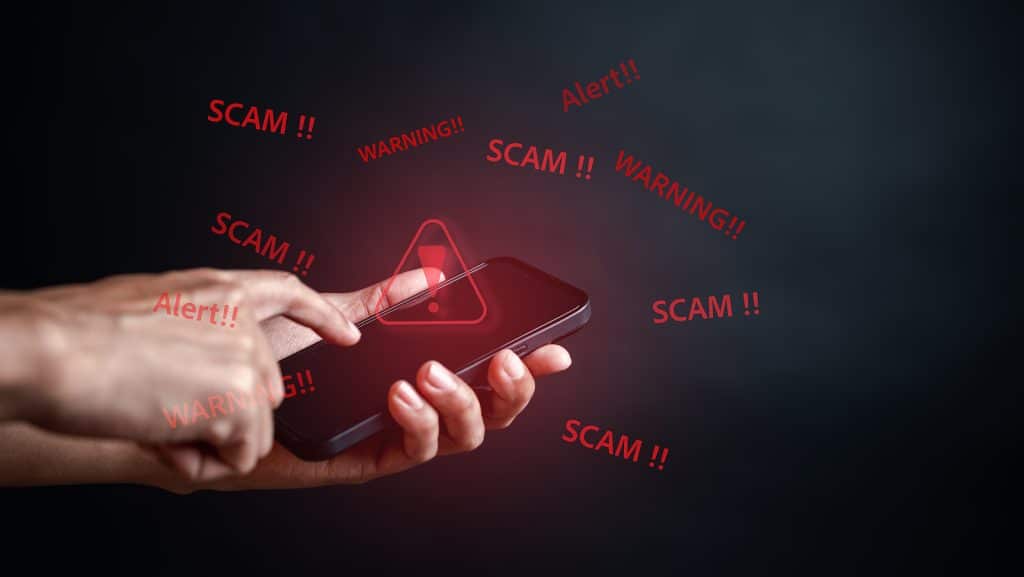
Cyber security experts have spent years spreading the basic principles of protecting yourself on the internet. Using complicated passwords, changing them frequently, and not sharing them with anyone is just the beginning.
Recognizing phishing email attempts can be as simple as hovering your pointer over the From line and realizing it is not coming from your trusted source. Most everyone who uses a computer at their job has been trained not to open emails that look suspicious and to not click on any links sent through emails.
And as technology advances, people find that smartphones can now do all the same things they used to do on their computers, laptops, or tablet. And as more and more people rely on mobile apps for everything, protecting the information on your phone is critically important. That’s why it is critically important to understand what is juice jacking.
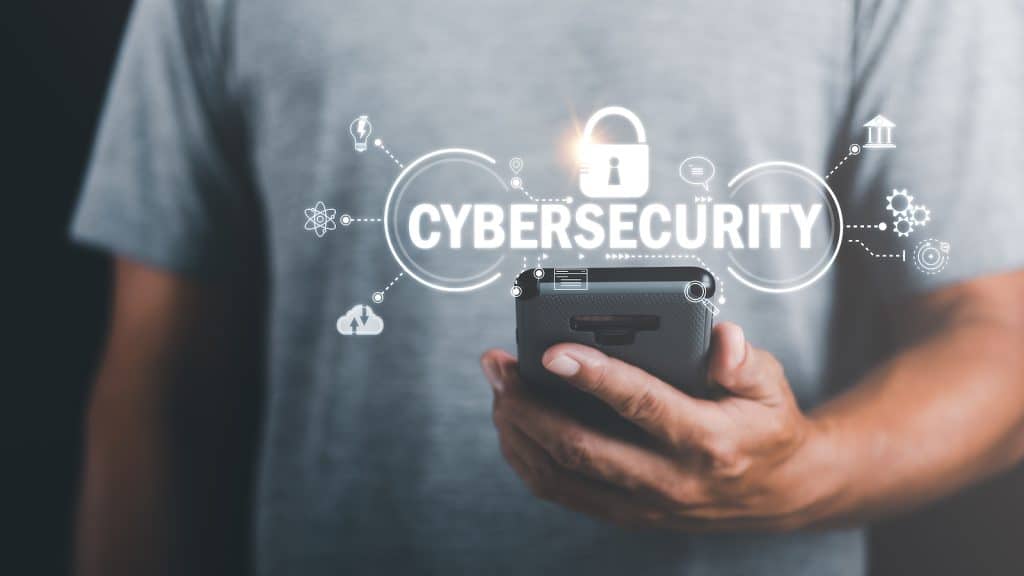
How To Protect Your SmartPhone
In August of 2011, there was an exhibit called the Wall Of Sheep at the annual Def Con hacker convention in Las Vegas. Brian Krebs first reported on how this type of attack worked and was the first to call it “juice jacking.” At the elementary level, researchers set up a kiosk to make attendees of the conference aware that their phones could easily be compromised at very innocent-looking charging stations
In simple terms, the researchers made the charging stations capable of malicious actions. They could install malware into any device plugged into it. The researchers also claimed that they could duplicate and download information contained on the phone; however, they did not produce any evidence of such data.
The first year, they sent an alarm to the plugged-in device warning the user that plugging into public charging stations was dangerous. In the second year, the researchers gave away USB cables. When plugged into any charging station, these USB cables had the capability of downloading malicious software, but they didn’t.
Instead, they again sent the warning messages directly to the user’s phone or computer that using USB cords from unknown origins was dangerous. And, if the user was in the conference center, a much larger warning could be seen by bystanders at several large monitors stationed by the kiosk. Answering the question of what is juice jacking was now done twice and in a public forum.

But let’s remember that this was done at a hacker convention. So, while these exhibits were meant to raise awareness, they also showed all the attendees. It should be pointed out that attendees to this hacker conference included representatives of various government agencies, like agents from many federal law enforcement agents, including the Department of Defense, the FBI, and the Department of Homeland Security.
In fact, later in 2012, the NSA issued a paper that included a mass warning to all government employees who travel for business or personal reasons about the threat of juice jacking. Explaining what is juice jacking and how to avoid it had suddenly become a priority for the US government.
According to many sources, the paper was a warning document that adamantly reminded readers to use their own power charging cables during overseas travel and not to charge their phones, laptops, or tablets in public kiosks, and not use anyone else’s computers for charging.
Knowing what is juice jacking can help you avoid putting your devices and your critical information at risk. The best recommendation is to use only the USB cable with your new device and never use public charging stations. Instead, opt for a couple of battery storage devices that you have charged at a secure location.
That way, if you find yourself low on battery, you can recharge with your own equipment. Using your own equipment is the best way to guard yourself against finding out what is juice jacking in the worst possible way.
Read more – Using XCode Ghost to Protect Your Mac From Malware


